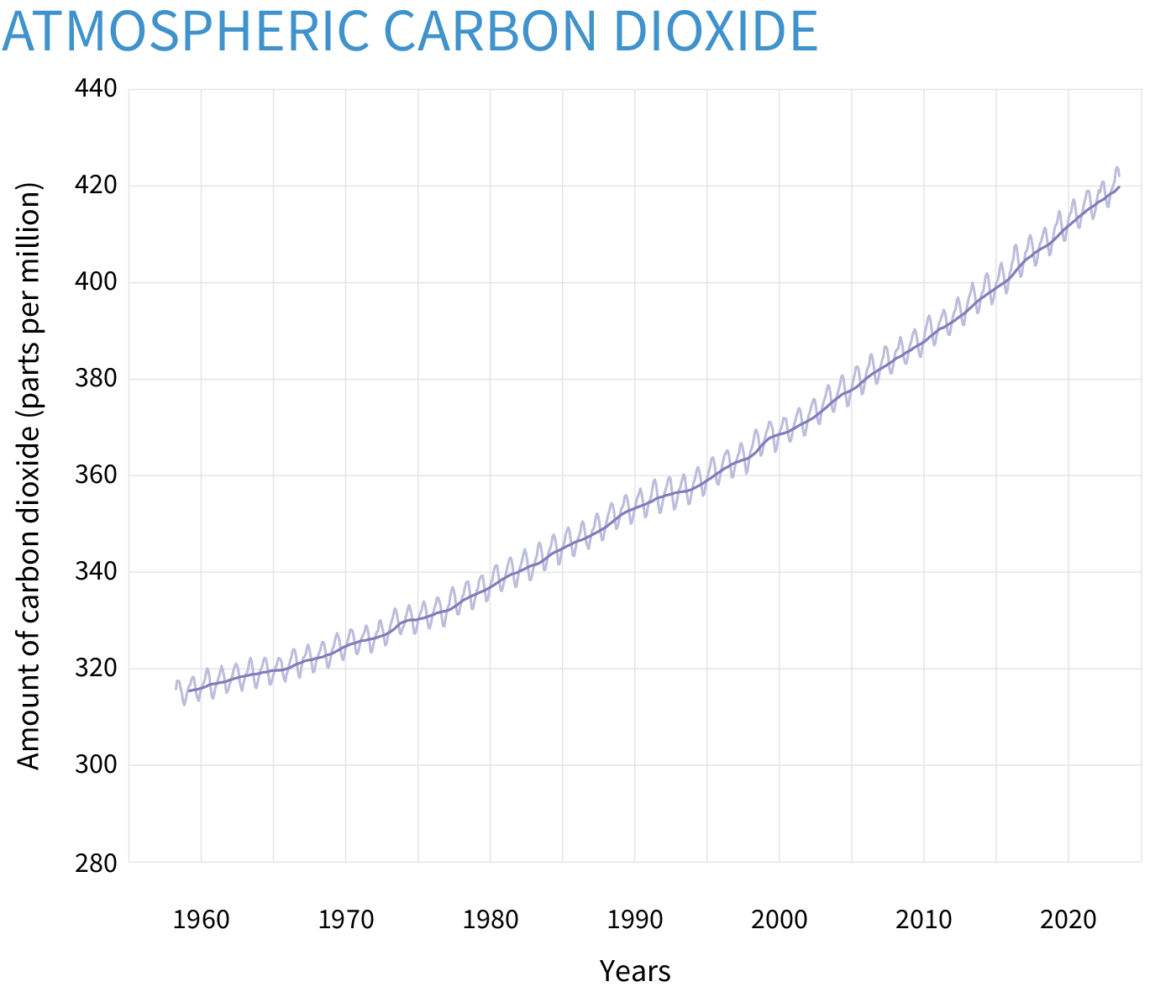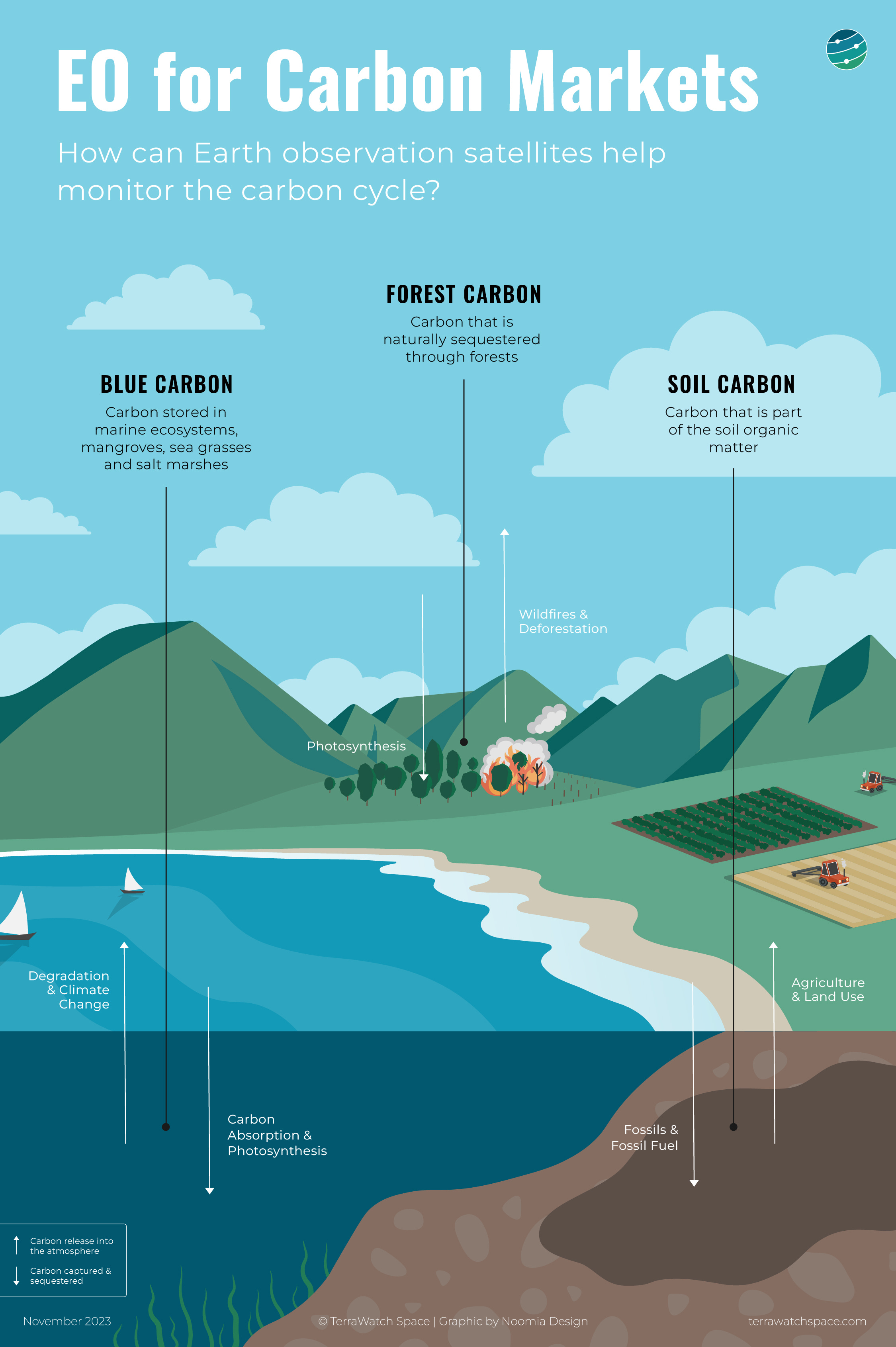To the premium subscribers, thank you for your support - it allows me to write these deep-dive briefings while also letting me continue to provide the weekly newsletter for free. The next planned deep dives are EO for Wildfire Monitoring (January) and The State of EO Platforms (February).
To the free subscribers, this is a short preview if you would like to read more, please upgrade your subscription. In any case, you should continue to receive the free, weekly newsletter, as usual.
Preamble
Carbon markets have been in the news, often for the wrong reasons. From shocking investigations on junk carbon credits to surprisingly well-done comedy segments, a lot has been said about why carbon markets will not work. As the inventor of carbon credits wonders how a seemingly good idea went so wrong, the viability and reliability of carbon offsets as a solution for climate change is still hotly debated.
This deep dive is an attempt to understand what carbon markets are - specifically, voluntary carbon markets (VCMs) - how they function and why EO is central to the evolution of VCMs. While we will start with the carbon cycle and the role of satellites in monitoring the phenomenon, the aim is not to go deep into the science behind the carbon cycle and how it is monitored. Rather, this essay will focus on the role and importance of EO in the existence and evolution of VCMs.
As much as this piece will provide an overview of how carbon markets work, the goal is not to demystify VCMs, but the role of EO within VCMs. So, this deep dive will not provide a detailed assessment of carbon offsets, the politics behind the concept or the subject of whether it is a viable, scalable and reliable solution for climate change. This piece also does not get into topics such as the Global Carbon Stocktake, part of the Paris Agreement, given the institutional efforts being made by space agencies such as ESA to address that.
Lastly, last month’s deep-dive, “EO for GHG Monitoring” touched on how satellites will play a crucial role in carbon emission trading, and how that market is evolving. The carbon emission-based Compliance Carbon Market is significantly larger in size1 and more mainstream, however this essay will be focused on the much smaller2, yet rapidly growing, offset-based, Voluntary Carbon Markets.
As always, there are some suggested recommendations towards the end of the piece, in case you would like to go deeper into VCMs and how EO plays a central role within that. If you have any feedback, do send it my way.
PS. Coincidentally, COP28 kicks off today and will go on for the next couple of weeks. I am certain that carbon markets will be one of the many topics of discussion.
Here is what we have in store for this briefing:
Optional Pre-Read
Background: The Carbon Cycle
Blue Carbon, Forest Carbon and Soil Carbon
Context: What are Voluntary Carbon Markets (VCMs)?
The VCM Value Chain and the Role of EO
VCM: Commercial Landscape - An EO Perspective
Data, Solutions and Applications
Outlook: EO for Carbon Markets
The Black-Box Problem
Optional Pre-Read: The State of Earth Observation for Climate
If you are new to Earth observation or want to understand the role of EO for climate, in general, I recommend you start with my deep dive, “The State of EO for Climate”, before you go deeper into this piece.
Background: The Carbon Cycle
Carbon is (literally) everything - it is the backbone of life on this planet. We are made of carbon, we eat carbon, and we build things with carbon (our homes, our transport etc.). So, carbon is pretty central to our existence, but somewhat poetically carbon is also associated with probably the most serious problem facing us today: climate change.
Without going into too much of the science, it is probably important to know that most of the Earth’s carbon is stored in rocks, while the rest is in the ocean, atmosphere, plants, soil, and fossil fuels. The flow of carbon - the amount stored on the planet and the amount that enters into the atmosphere (as a greenhouse gas) - is what is called the carbon cycle.
According to NASA, “the carbon cycle seems to maintain a balance that prevents all of Earth’s carbon from entering the atmosphere (as is the case on Venus) or from being stored entirely in rocks. This balance helps keep Earth’s temperature relatively stable, like a thermostat.”
The thermostat i.e. the carbon cycle naturally maintains a steady state concentration of carbon on the planet and in the atmosphere, while also eventually changing over thousands of years. However, today, changes in the carbon cycle are happening because of us - we burn fossil fuels, clear land for agriculture and cut down forests.

Blue Carbon, Forest Carbon and Soil Carbon
Satellites are fundamental to understanding the carbon cycle - from monitoring the carbon dioxide emissions that escape to the atmosphere and estimating the level of carbon stored in the natural environment (trees, soil, marine ecosystems). Called carbon flux, satellites are a crucial part of the system that tracks the direction and rate of flow of carbon between the oceans the atmosphere, the land, and other living things.
In order to simplify the role of satellites in monitoring and observing the carbon cycle, the elements of observation can be classified into three: blue carbon, forest carbon and soil carbon. The figure below shows the three categories of carbon that can be monitored and estimated using satellite data, along with examples of what they represent. Note that the figure does not attempt to demonstrate the carbon cycle in itself, but rather lists aspects of the carbon cycle that can be monitored using EO.







